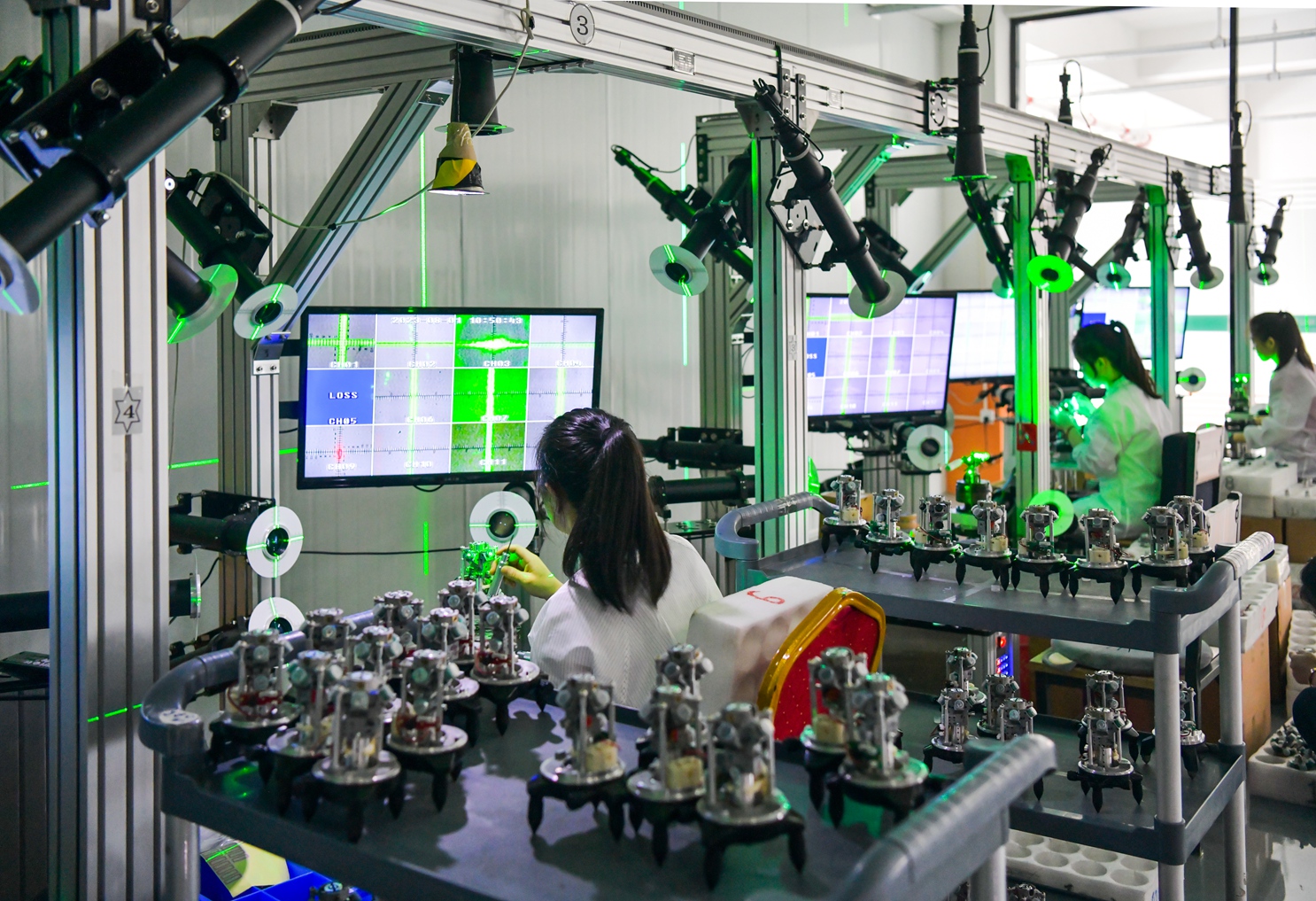The working principle of the laser level is mainly based on the collimation of the laser and the effect of gravity, which is described below:
Laser generation and collimation principle
Laser Generation: Inside the laser level meter there is a laser generator, usually a semiconductor laser. It uses electrical energy to excite the electrons in the semiconductor material, causing the electrons to jump from a low energy level to a high energy level, creating an inverted distribution of particle numbers. When these electrons in the high energy level to the low energy level jump, will be in the form of photons to release energy, these photons in the optical resonance cavity constantly reflecting, oscillating, after a number of amplification and screening, the output of a beam with a high degree of monochromaticity, coherence and directionality of the laser beam.
Laser collimation: In order to ensure that the laser beam can indicate the horizontal or vertical direction, the laser level is usually equipped with an optical collimation system. The system generally consists of lenses, mirrors and other optical components, the role of which is to shape and calibrate the laser beam, so that the laser beam can maintain a very high degree of straightness and stability after emission, thus providing an accurate baseline for horizontal or vertical measurement.
Principle of horizontal calibration
Gravity Sensing: Laser levels are fitted with gravity sensing devices, commonly bubble levels or electronic level sensors. Bubble level is the use of gravity to make the bubble in a high position to indicate the level of the state, when the level meter body is in a horizontal position, the bubble is located in the center of the glass tube; if the body is tilted, the bubble will be off-center, through the observation of the position of the bubble can be judged by the level meter is horizontal. The electronic leveling sensor, on the other hand, is based on the accelerometer principle, and determines the tilt angle of the level meter by measuring the component of gravity acceleration in different directions.
Automatic Leveling: When a laser level is placed on an uneven surface, a gravity sensing device detects the tilt angle and transmits a signal to an automatic leveling system. The automatic leveling system usually consists of mechanical parts such as motors, gears, screws and control circuits, which will drive the laser head or the whole optical system to fine-tune according to the received signals, so that the laser beam returns to the horizontal or vertical direction, thus realizing the function of automatic leveling.
In practical application, the laser beam emitted by the laser level meter will form a clear light point or light band on the target plane, and the operator can determine the horizontal or vertical position according to this light point or light band to carry out the work such as horizontal alignment in building construction, ceiling installation in indoor decoration, pipeline laying and other work that requires horizontal or vertical positioning.
 中文
中文
 English
English













 Online Service
Online Service
